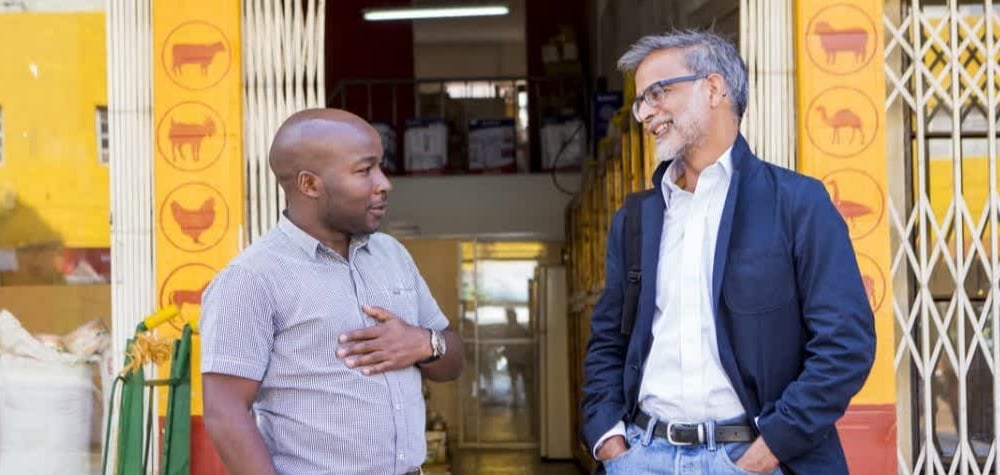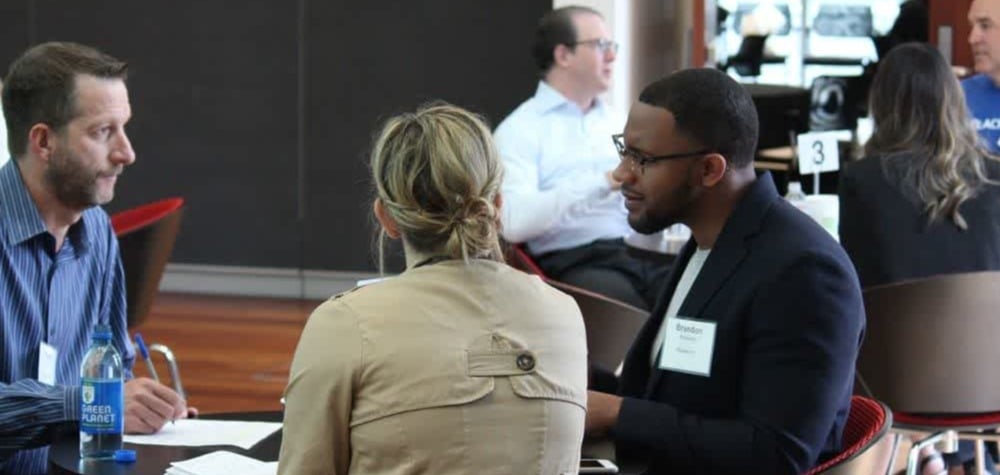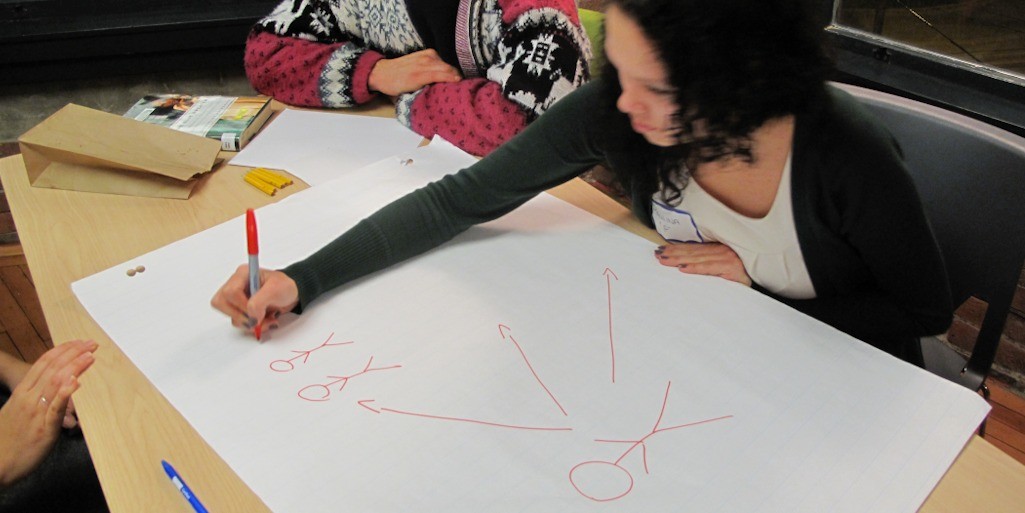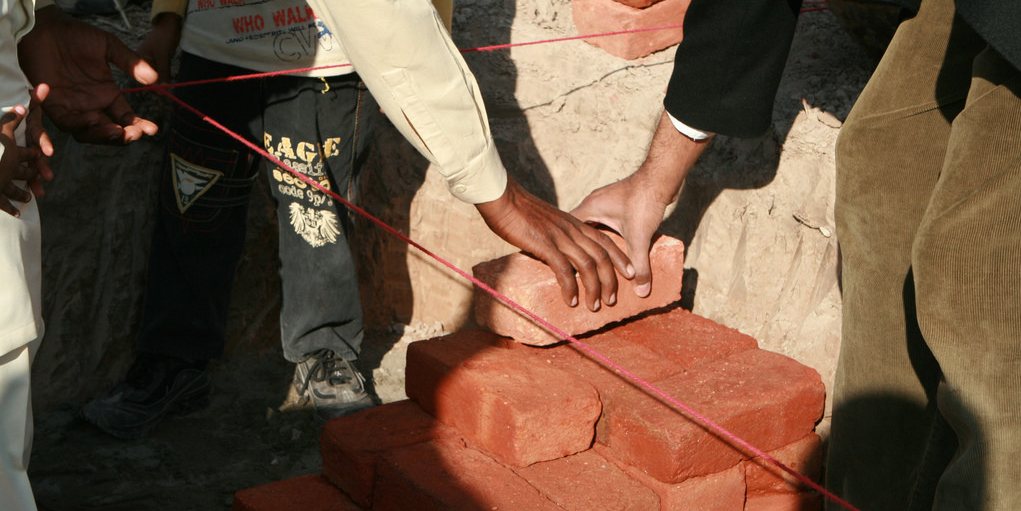Build Your Business
Social enterprise business model ideas: 10 ways to address affordability
Examples of innovative social enterprise business models to increase affordability if customers have limited ability to pay.
May 19, 2018
We frequently hear the question: “What if the people who need and use my products or services can’t pay?” If you think that the customers who will most benefit from your social enterprise’s services may not be able to afford them, it can feel like an insurmountable hurdle.
What you offer
Rethink your offer

Watch Now
Close
Cross subsidize your offers
Adjust your cost model
Who pays
Cross-subsidize customer segments
Generate value for a third party
When people pay
Offer flexible repayment
Provide a pay-as-you-go option
Provide financing

Watch Now
Close
Where you focus
Move along the value chain
How you grow
Adjust your scaling strategy
If you enjoyed learning about new ways to think about business model design to build sustainable and impactful businesses, register for the next cohort of Acumen Academy’s free course, Business Models for Social Impact.
If you're looking to hone in on a very specific social issue, check out FREE course Start Your Social Change Journey, which will help you sustain your goals and stay on track.

Author
Danielle Sutton
Danielle Sutton is the Content Animator at Acumen where she surfaces stories to inspire and activate social entrepreneurs. In an age of information overload, she believes in learning 'the right thing at the right time' to intentionally design impactful social enterprises. You can usually find Danielle digging into the Acumen course library, playing in the mountains, or exploring marketing on The Sedge blog.


